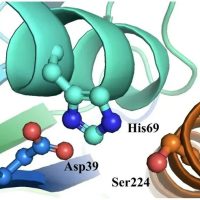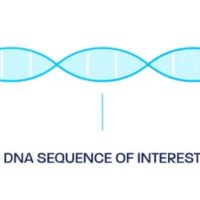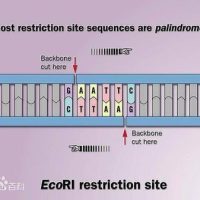How to extract DNA from water samples? What are the filter membrane materials for grinding tubes? How to choose?
Yes, DNK4501, FastBeat Soil DNA Kit (Bead Beating) can also extract DNA from water samples. Different from extracting the water sample DNA and soil DNA, the extraction of the water sample DNA needs to filter a large amount of water. The silt and filtrate in the water will be attached to the membrane, and finally use this filter to extract it. Cut the filter membrane into thin strips and put it in the grinding tube. After grinding, it can be extracted like the soil. The subsequent detailed operation steps are shown in the FastBeat Soil DNA Kit manual.

The above picture shows the large grinding tube for MP water sample DNA. The picture shows a 5ml tube (the grinding medium inside is the combination of 2 small grinding tubes), so that the entire filter membrane can be rolled up and put in, with the bacteria side facing inward, and then the grinding beads inside hit it.
About the types of membrane materials
There are many kinds of filter membrane materials, and the three most commonly used ones are polyethersulfone filter membrane, mixed cellulose ester membrane, and Polycarbonate filter membrane.
Polethersufone (PES membrane): One of the strongest filter membranes, it can filter more water samples than other filter membranes. It can be quickly drained using a vacuum pump, and it is easy to fold and not easy to tear. It can withstand long-term high-pressure filtration by a vacuum pump. If you need to filter a large amount of clear water samples with low microbial content, 0.22mm filter membrane is more suitable. When extracting nucleic acids, the yield is comparable to the mixed cellulose ester filter membrane that comes with PowerWater® DNA and RNA Isolation Kts.
Mixed cellulose ester filter membrane (cellulose acetate, cellulose nitrate): 0.45um pore size is the most suitable material. If the water sample is turbid, it is recommended to use the 0.45um pore size filter membrane when the filtration is slow and easy to clog using the 0.22um filter membrane. Cellulose filter membranes are highly absorbent and difficult to handle. Literature shows that pesticides and herbicides are easily adsorbed onto cellulose filter membranes. If the sample contains pesticides and herbicides, it is best to avoid using this type of filter membrane.
Polycarbonate filter membrane: This filter membrane is very thin and easy to wrinkle, so it is not easy to use. Usually a 0.45um pore size filter membrane is used to prevent clogging during filtration. Unlike polyethersulfone membrane (PES) and mixed fiber membrane (MCE), microorganisms in the water sample will stay on the surface of the filter membrane. The filter membrane is easily blocked, and small particles that should be filtered will also be retained. Experiments have shown that the smaller the intensity of bead grinding, the larger the molecular weight of DNA obtained.If the sample is only used for PCR, a strong grinding method can be used to increase the yield, temporarily ignoring the fragmentation.
After filtration, the filter membrane and the filter residue are placed vertically in the grinding tube for grinding without cutting the filter membrane into pieces. The side with the filter residue is placed toward the center, and the other side is placed outward toward the tube wall, so that the grinding beads can fully contact and hit the microorganisms on the filter membrane. If the filter membrane is particularly large and collects a lot of water samples, it cannot be placed in a small grinding tube. You can use a 5ml grinding tube, pour out the grinding media in the two small grinding tubes, and grind them in a 5ml large tube, so that it can be fully ground.





